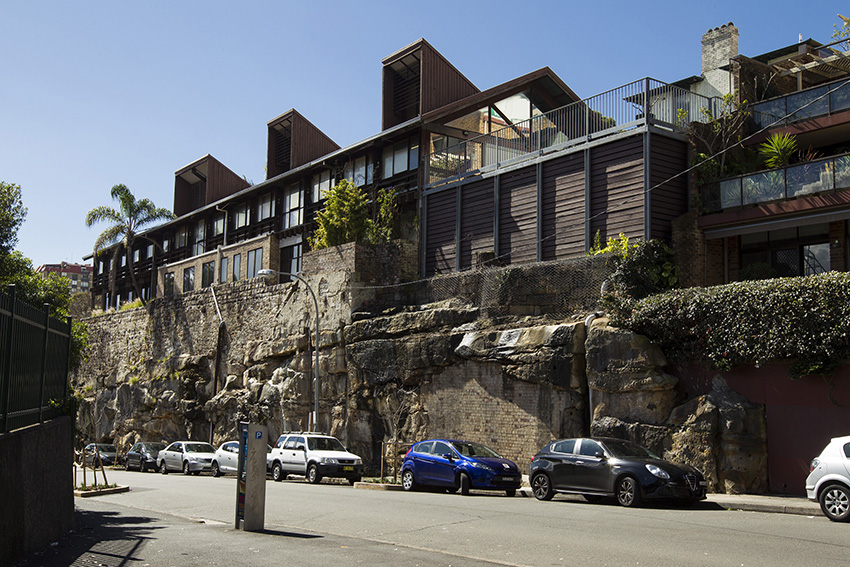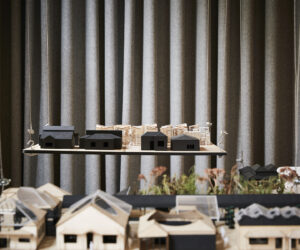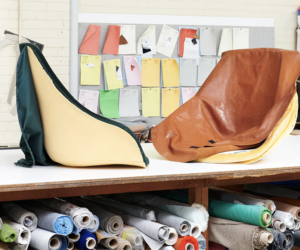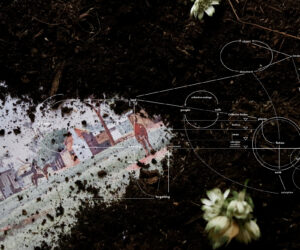Example of early sustainable architecture preserved
|
The City of Sydney has moved to preserve a two-storey 1970s building for future generations because of its architectural importance.
The 1974 Calidad building at 163 Brougham Street, Woolloomooloo, was designed by Ian McKay, an award-winning NSW-born architect and one of the leading lights of an architectural movement known as the ‘Sydney School’.
The commercial office building uses local natural building materials to create bold geometric forms and excellent natural lighting and ventilation. It is one of the few remaining intact examples of this genre of architecture.
“The Calidad is an important example of early sustainable architecture in Sydney, and I’m pleased the City is leading the charge to conserve significant local buildings for everyone,” Lord Mayor Clover Moore said.
“Despite growing awareness about the value of protecting modern architecture, it is still uncommon to heritage list recent buildings like the Calidad building in Woolloomooloo. The Calidad is also one of the few examples of Sydney School architecture which can still be found in the centre of Sydney.”
Buildings of the Sydney School have been described as ‘anti-urban’, with many built on steep slopes or hidden from view in bushlands. The Calidad sits atop one of Sydney’s most dramatic sandstone escarpments, peering down onto McElhone Street below.
Graham Jahn, the City’s Director of Planning, said one of the Sydney School of architecture mottos was ‘the best architecture is no architecture’.
“Like many in the Sydney School, Ian McKay was influenced by the ‘organic’ style of internationally-acclaimed architect Frank Lloyd Wright, but the architecture McKay produced is uniquely adapted to the dramatic rock formations and vegetation of the NSW landscape.”
The Sydney School is a loose term that groups a number of Australian architects who were reacting against international modernism and whose designs were strongly influenced by the natural environment of the sites they were working on.
Many of its key practitioners, including Ian McKay, moved to regional NSW. The date range for the movement is commonly agreed to be from 1957 to the late 1970s, but individual architects continued to work in a similar style beyond that time.
The Calidad is part of a larger site known as 153-165 Brougham Street. Some of the buildings on this site have already been individually heritage listed, including a pair of Victorian terraces and the remains of Telford Lodge, a colonial-era villa. There is also a pair of semi-detached Federation houses on the site, but due to extensive alterations these were not listed as a heritage item.
The heritage listing of the Calidad building includes interior and exterior features as well as the outside courtyard which the building shares with the other listed buildings on the site.
The City also has another Sydney School building listed in the Sydney Local Environmental Plan. St John’s Village is a retirement home at 75 St Johns Road, Glebe, which won the 1964 Sulman Medal for architects Hely Bell and Horne.
The City has recently completed an Industrial and Warehouse Buildings Heritage Study, which has been approved for public exhibition by the Central Sydney Planning Committee (CSPC). The study recommends the heritage listing of a further 63 industrial places and two precincts of industrial and warehouse buildings, mostly in the southern parts of the City’s local government area.
While some of these buildings are not as architecturally significant as the Calidad building in Woolloomooloo, they are historically significant as evidence of the former importance of industrial activity in Sydney.
The City recently listed the inner city factory renowned as the home of the classic Globite school case used by legions of Sydney school children.
The Federation warehouse building at 119-127 Kippax Street, Surry Hills, was once owned by luggage manufacturer Ford Sherington, which made the famous school cases for more than 50 years. Its local heritage listing helps preserve part of Sydney’s once booming manufacturing past.
For more information on the City’s Industrial and Warehouse Buildings Heritage Study visit www.cityofsydney.nsw.gov.au |



